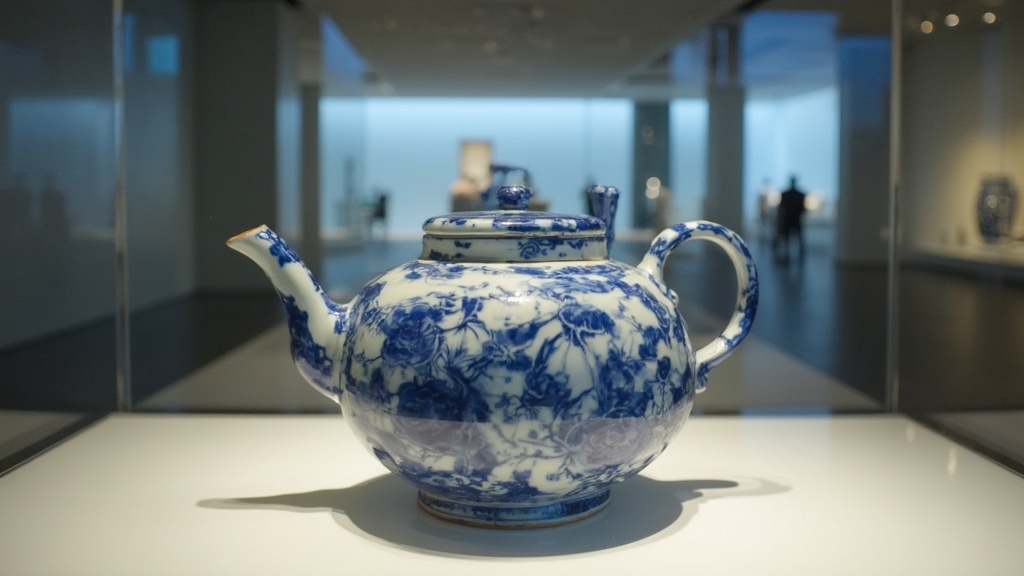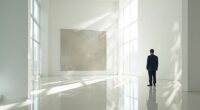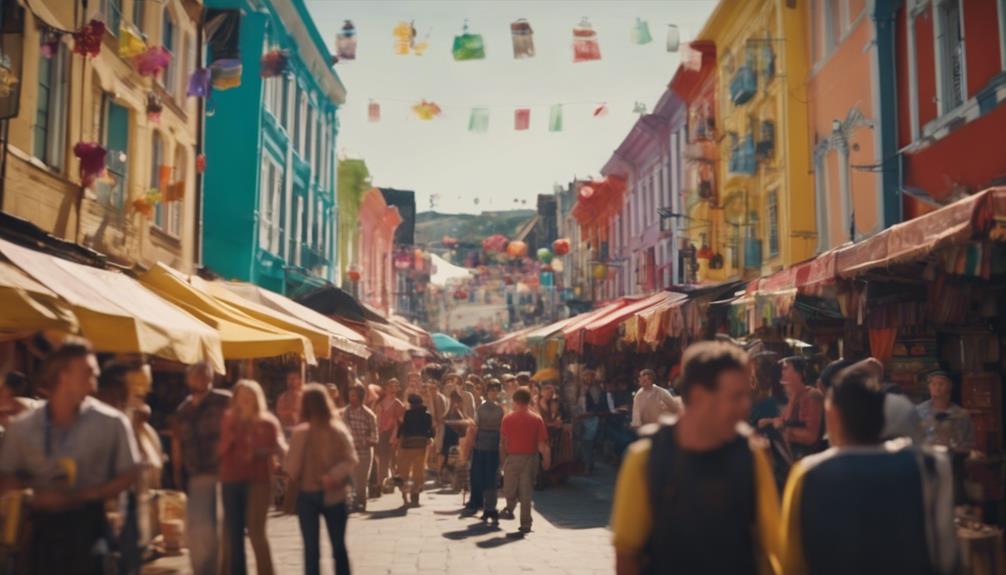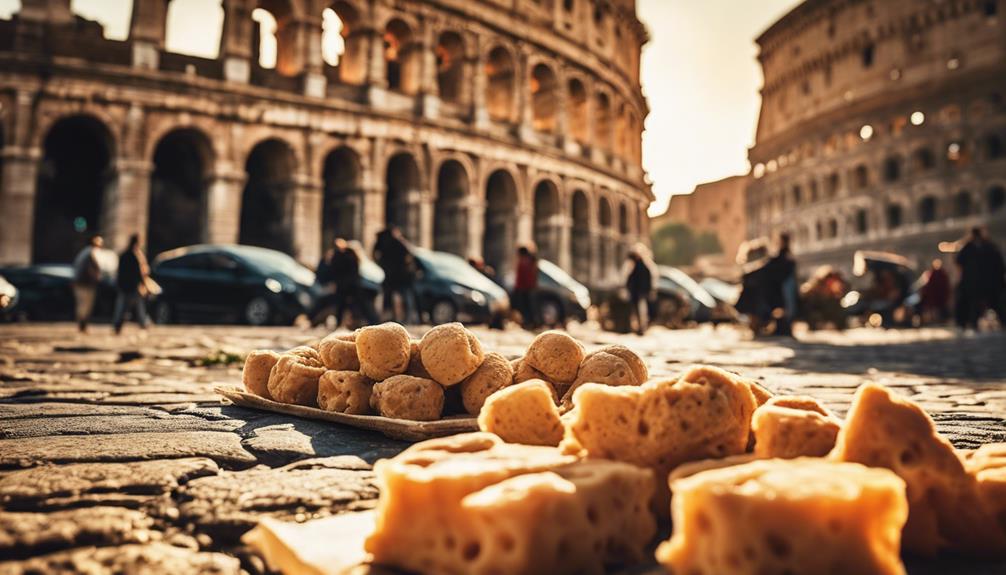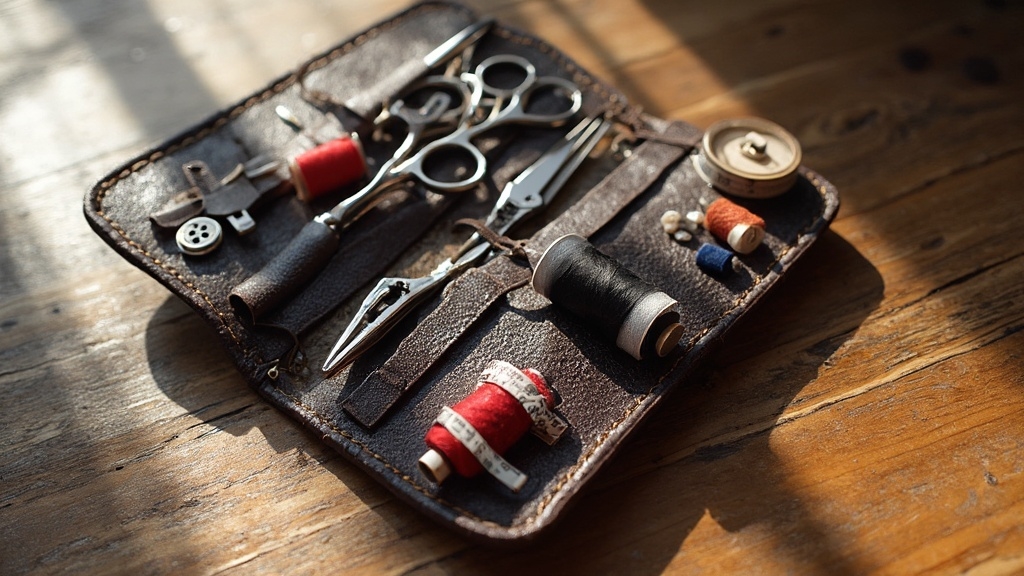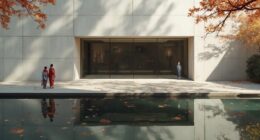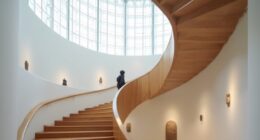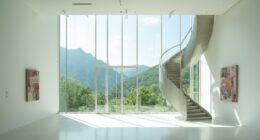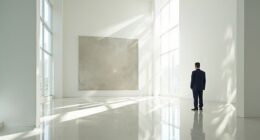Table of Contents Show
There may be products. Products are independently selected by our editors. We may earn an affiliate commission from the links with no charge to you, example: as Amazon Affiliate.
Saitama Prefecture’s museums showcase 15,000 years of Japanese cultural heritage, from ancient Jomon pottery to contemporary masterpieces. The region’s cornerstone institution, MOMAS, features works by Picasso and Chagall in Kisho Kurokawa’s striking modernist building. Traditional venues like the Iwatsuki Ningyo Museum preserve classical Japanese crafts, while seasonal exhibitions and hands-on workshops engage visitors throughout the year. This cultural tapestry unfolds across multiple accessible districts, each offering distinct artistic perspectives.
Key Takeaways
- MOMAS houses masterworks by Picasso and Chagall while offering dynamic special exhibitions blending local and international artistic perspectives.
- Cultural districts in Kasukabe, Yoshimi, Chichibu, and Koshigaya showcase both traditional Japanese craftsmanship and contemporary artistic expression.
- The Iwatsuki Ningyo Museum preserves Japan’s doll-making tradition, while Chikuzen gallery displays traditional crafts and wood carvings.
- Museums feature extended summer hours and affordable admission, making art accessible to diverse audiences throughout Saitama Prefecture.
- Convenient access via Ōmiya Station allows art lovers to explore multiple venues, with most museums requiring 2-5 hours for thorough visits.
Why Saitama’s Museum Scene Matters
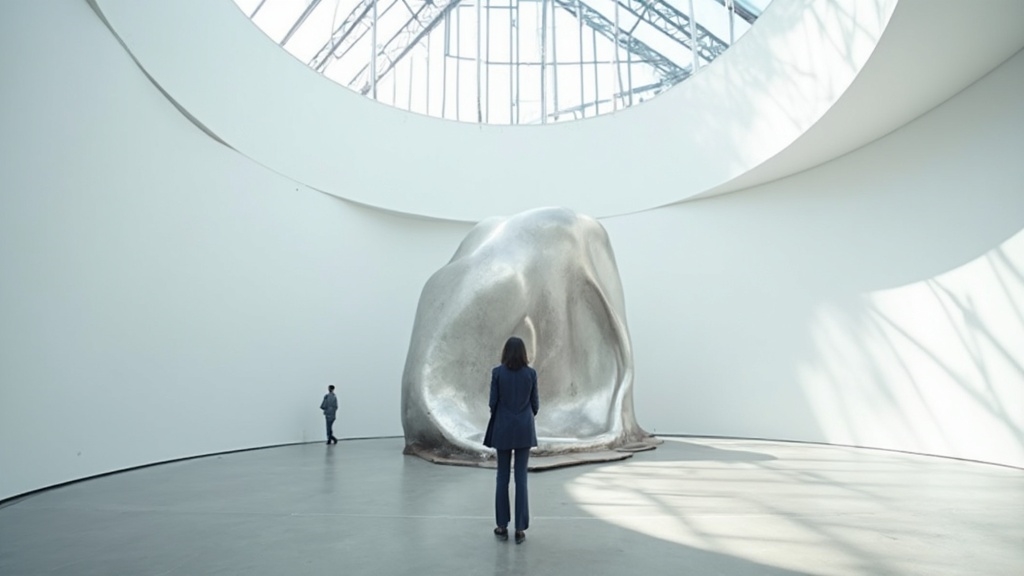
Three key aspects establish Saitama Prefecture’s museums as vital cultural institutions. First, their preservation of artifacts spanning 15,000 years, from Jomon pottery to samurai relics, safeguards the region’s rich heritage for future generations. The presence of national treasures underscores the area’s cultural significance in Japan’s historical narrative. The museum’s location in Omiya Park creates an accessible cultural hub where visitors can explore both history and nature. With extended hours during summer months, the museum maximizes opportunities for public engagement. Additionally, embracing leisure time in a museum setting enhances visitors’ creativity and overall experience.
Second, architectural innovation, exemplified by MOMAS’s grid-like design and Maekawa’s masterful exterior, creates modern galleries that serve both artistic display and community engagement. The integration with natural surroundings in spaces like Kita-Urawa Park enhances the visitor experience. The museum’s admission pricing remains affordable, making art accessible to diverse audiences.
Third, these institutions actively nurture cultural appreciation through educational programming, particularly focusing on youth engagement through workshops. This commitment helps guarantee that the museums remain living centers of learning rather than mere repositories of artifacts.
Must-Visit Art Museums in Saitama
While Saitama Prefecture offers numerous cultural attractions, its art museums stand as premier destinations for both local and international visitors. The Museum of Modern Art, Saitama (MOMAS) features a prestigious collection showcasing works by Picasso, Gauguin, and Monet alongside local artists’ creations. The museum’s architectural design by Kisho Kurokawa adds another layer of artistic appeal to the experience. The museum’s permanent collection contains over 3,000 artworks from domestic and international artists. Museum Highlights include rotating exhibitions, specialized galleries, and extensive art education programs that foster cultural understanding. The Omiya Bonsai Art Museum presents traditional Japanese aesthetics through meticulously curated living art displays. Visitors can marvel at the museum’s centerpiece – a 1,000-year-old bonsai that exemplifies the pinnacle of this ancient art form. Located within the serene Kita-Urawa Park, MOMAS offers visitors a unique blend of art appreciation and natural beauty. Both institutions offer Artistic Programs throughout the year, engaging visitors through workshops, guided tours, and seasonal events. These cultural landmarks continue to elevate Saitama’s status as a significant art destination in Japan.
Traditional Japanese Art Collections
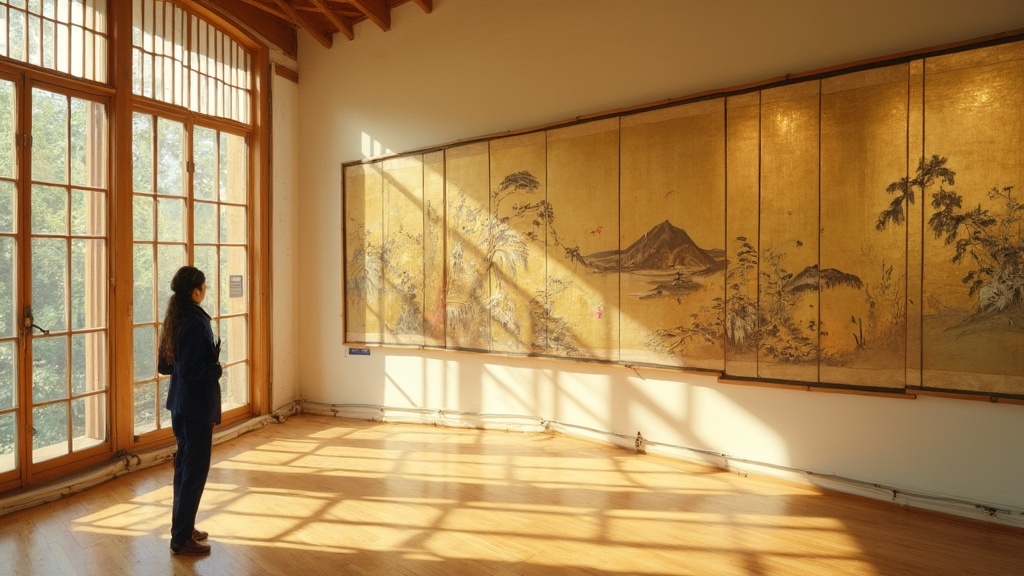
Saitama Prefecture’s traditional Japanese art collections showcase centuries of cultural heritage through its specialized museums and galleries. The region’s dedication to preserving ancient artistry is exemplified by venues like the historic Chikuzen gallery in Misato, where traditional crafts and wood carvings are displayed in a 177-year-old residence. Workshops and rotating exhibits guarantee these time-honored techniques continue to thrive within the community. Similar to the Buddhist sculptures preserved at the Tokyo National Museum, these pieces offer valuable insights into Japan’s artistic evolution. Following common Japanese museum practices, many galleries require visitors to remove their shoes when entering traditional exhibition spaces.
The Iwatsuki Ningyo Museum stands as a proof of Japan’s rich doll making tradition, housing an extensive collection from the Edo period to present day. Established in 1927, the museum serves as a vital cultural institution for preserving Japanese doll-making heritage. Visitors can explore various styles, including Gosho Ningyo and Hina Ningyo, while participating in hands-on workshops to learn this cherished craft. These institutions not only preserve cultural artifacts but also actively engage in passing traditional artistic knowledge to future generations.
Contemporary Art Spaces and Galleries
The Museum of Modern Art, Saitama (MOMAS) anchors the prefecture’s contemporary art scene as its premier modern art institution. Designed by architect Kisho Kurokawa in 1982, the museum’s grid-like structure maximizes natural light and visitor flow through its thoughtfully arranged spaces. Similar to many of Japan’s over 5,600 museums, MOMAS celebrates both traditional and contemporary artistic expression. In line with the importance of promoting mental well-being, the museum also offers programs and workshops that enhance visitors’ creativity and appreciation for art.
Key features of MOMAS include:
- An extensive permanent collection featuring works by Picasso, Chagall, and Japanese modernists
- Dynamic special exhibitions blending international and local perspectives
- Gallery collaborations that spotlight emerging artists from the Saitama region
- Strategic location in Kita-Urawa Park enhancing community accessibility
- Innovative architectural design promoting public engagement with contemporary art
The museum’s commitment to showcasing both established masters and regional talent has established it as a crucial hub for artistic exchange and cultural development in Saitama Prefecture.
Planning Your Museum-Hopping Day
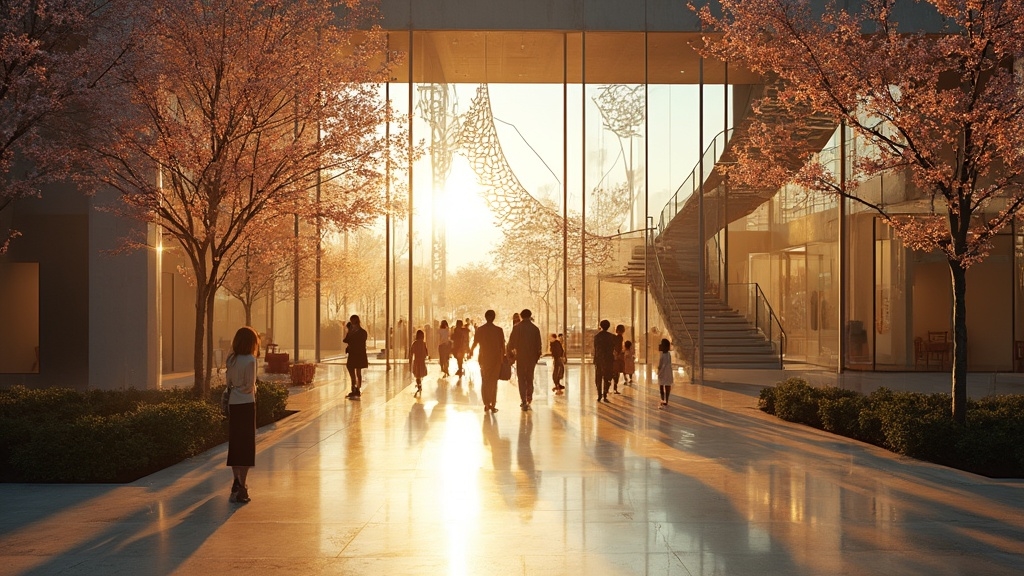
Planning an efficient museum itinerary across Saitama Prefecture requires strategic coordination of transportation, timing, and venue selection. For best time allocation, visitors should begin their day at the Urawa cluster of museums before 10 AM, utilizing Omiya Station as their central hub. The comprehensive 176-page guide can assist visitors with detailed planning for museum visits across Japan.
Japan’s impressive collection of over 5,600 museums offers visitors abundant options for cultural exploration. Itinerary suggestions include dedicating morning hours to guided tours and workshops at the Saitama Prefectural Museum of Modern Art, followed by the nearby Urawa Art Museum. Afternoon visits can focus on either the Kawagoe or Iwatsuki areas, allowing 1.5-2 hours per venue. Travelers should plan around peak transit hours (3-7 PM) and account for 20-45 minute travel buffers between districts. Most museums close at 5 PM, with final entry permitted 30 minutes before closing. In embracing relationship imperfections, art lovers can find inspiration and authenticity during their museum explorations. Art enthusiasts can enhance their visit at the Saitama Museum of Modern Art with Monet and Picasso masterpieces on display.
Hidden Art Gems Off the Beaten Path
Beyond the well-traveled museum circuits lies a network of distinctive cultural spaces waiting to be discovered throughout Saitama Prefecture. These hidden art treasures showcase local artists and unique collections, offering intimate encounters with both traditional and contemporary Japanese culture. From specialized bonsai exhibitions to interactive family venues, these lesser-known institutions provide authentic artistic experiences away from crowded tourist destinations. The Omiya Bonsai Art Museum promotes cultural exchange through its collection of world-class masterpieces. Before the development of modern museums, Japanese art was primarily housed in shrines and temples. Engaging with these cultural spaces fosters cultural awareness by allowing visitors to appreciate the richness of local traditions. The Kadokawa Culture Museum captivates visitors with its striking architecture and diverse cultural exhibits.
- The Museum of Modern Art Saitama features an architectural marvel housing both international masterpieces and local artists’ works, complemented by community-focused programs.
- Kawagoe History Museum presents original artifacts including haniwa and samurai gear, managed by knowledgeable curators dedicated to preserving regional heritage.
- Omiya Bonsai Art Museum specializes in living art forms, displaying centuries-old specimens and contemporary designs.
- Interactive galleries in Chichibu combine educational exhibits with hands-on experiences.
- Community art spaces showcase seasonal exhibitions and traditional crafts, emphasizing curator-visitor engagement.
Seasonal Art Events and Special Exhibitions
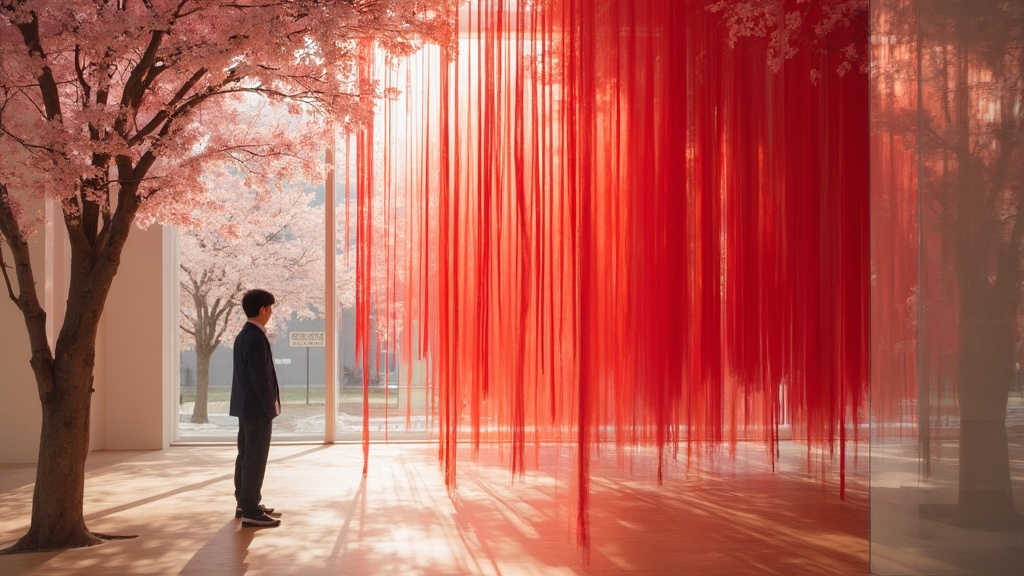
Throughout the year, Saitama Prefecture’s museums showcase an ever-changing tapestry of seasonal exhibitions and special events that highlight both traditional and contemporary Japanese art. Notable among these is the “Sleeping Memory” exhibition at Omiya’s Bonsai Shikinokai, featuring interactive installations by Leonid Zvolinsky as part of the Imagining Saitama project. This innovative showcase coincides with the Bonsai Village’s centennial celebration in 2025, demonstrating the prefecture’s commitment to blending traditional culture with modern artistic expression. The region’s art institutions, including the Saitama Prefectural Museum of Modern Art and Kawagoe City Museum of Art, regularly host rotating exhibitions that transform these spaces into dynamic venues for artistic discovery, offering visitors fresh perspectives through carefully curated seasonal displays and cultural programming. The exhibition combines sound and video installations with real-time interaction to visualize the unique communication patterns of bonsai trees. Similar to the Setouchi Triennale’s approach, these exhibitions focus on community revitalization through the integration of art with local cultural heritage. The Omiya Bonsai Art Museum’s latest Jin Shari newsletter provides detailed coverage of current exhibitions featuring remarkable Juniper and Black Pine specimens.
Cultural Districts and Art Neighborhoods
Nestled within Saitama Prefecture‘s diverse urban landscape, distinct cultural districts and artistic neighborhoods showcase the region’s creative spirit through a blend of traditional craftsmanship and contemporary expression. The prefecture’s cultural heritage manifests in specialized districts where artisans preserve time-honored techniques while embracing modern artistic influence. Visitors can explore culturally significant oshie-hagoita production in traditional workshops. From the traditional craft workshops of Kasukabe to the artistic enclaves of Omiya Ward, these creative hubs continue to shape the region’s identity.
- Kasukabe District features paulownia chest craftsmen and the cultural legacy of Crayon Shin-chan
- Yoshimi area hosts traditional tatami workshops and the historic Hyakuana caves
- Chichibu region blends folk art traditions with contemporary gallery spaces
- Omiya Ward centers on the cultural complex surrounding Omiya Park
- Koshigaya district showcases local artisans and modern exhibition spaces
Transportation Tips for Museum Visits
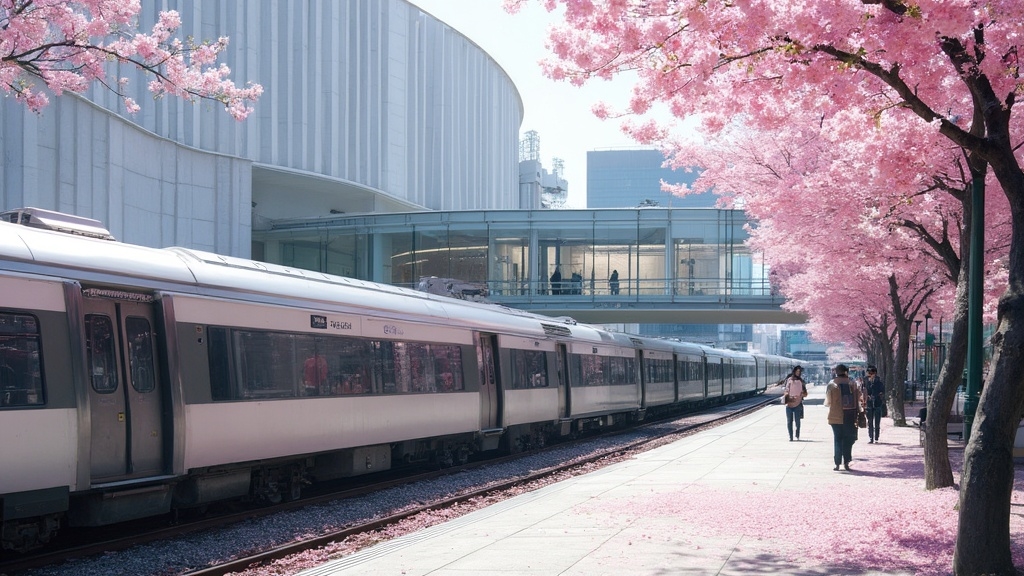
When planning museum visits in Saitama Prefecture, efficient transportation routes center around Ōmiya Station, the region’s central transit hub connecting multiple rail lines. Visitors can access major cultural destinations through various public transit options, with New Shuttle trains offering direct service to the Railway Museum every 15 minutes.
For those interested in exploring multiple venues, Omiya Park and the Bonsai Village lie within walking distance of the station, making it convenient to combine cultural experiences. While Shinkansen service is available from Tokyo Station, local trains provide more economical transportation options for day trips. The extensive rail network, anchored by Ōmiya Station’s JR, Tobu Noda, and New Shuttle connections, enables streamlined access to Saitama’s diverse museum offerings.
Best Photography Spots and Viewpoints
Saitama Prefecture’s museums offer photographers an array of compelling subjects, from the modernist architecture of MOMAS to the meticulously cultivated specimens at the Omiya Bonsai Art Museum. Photography techniques vary depending on the venue, with scenic angles best captured during ideal lighting conditions throughout the day.
- MOMAS’s grid-like exterior structure creates striking geometric patterns when photographed from various perspectives
- Musical fountain displays in Kita-Urawa Park provide dynamic water features for long-exposure shots
- Outdoor sculptures surrounding MOMAS offer countless compositional possibilities against natural backdrops
- Interior galleries showcase carefully curated exhibitions perfect for detail-oriented macro photography
- Omiya Bonsai Art Museum’s collection presents opportunities for intimate botanical portraits and artistic studies
Frequently Asked Questions
Are There Any Art Restoration Workshops or Behind-The-Scenes Tours Available?
Among Japan’s 47 prefectures, 85% offer conservation education. Select institutions provide art restoration workshops and behind-the-scenes tours, though availability varies seasonally and advanced registration is typically required.
Which Museums Offer Art-Making Classes or Hands-On Creative Workshops for Visitors?
The Omiya Bonsai Art Museum offers extensive hands-on workshops teaching traditional art techniques through bonsai creation, fostering creative expression while participants learn pruning, potting, and artistic principles from expert instructors.
Do Any Saitama Museums Have Artist-In-Residence Programs Open to Public Viewing?
Saitama Museum of Modern Art hosts year-round artist residencies, offering public studio visits and residency exhibitions. MOMAS regularly schedules artist interviews and open studios where visitors observe creative processes firsthand.
Where Can Visitors Purchase Original Artwork Directly From Local Saitama Artists?
With 25% of Saitama’s cultural revenue stemming from art sales, visitors can explore vibrant art markets in Omiya district, local galleries near Urawa Station, and seasonal artist cooperatives throughout the prefecture.
Which Museums Have Specialized Facilities or Programs for Children With Disabilities?
Saitama museums offer adaptive resources through the Iwatsuki Ningyo Museum and Kawagoe City Museum, featuring sensory experiences, wheelchair accessibility, specialized guides, and modified exhibit spaces for children with disabilities.
Conclusion
Saitama Prefecture’s museum landscape, featuring over 40 dedicated art spaces, has transformed the region into a cultural powerhouse just outside Tokyo. With annual visitor numbers exceeding 2.5 million across its museums, Saitama continues to bridge traditional Japanese aesthetics with contemporary artistic expression. Whether exploring the Museum of Modern Art, Saitama or discovering hidden gems in cultural districts, art enthusiasts will find endless inspiration in this dynamic prefecture.
